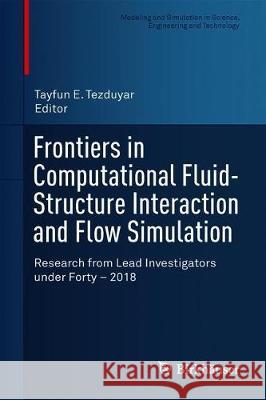Frontiers in Computational Fluid-Structure Interaction and Flow Simulation: Research from Lead Investigators Under Forty - 2018 » książka
topmenu
Frontiers in Computational Fluid-Structure Interaction and Flow Simulation: Research from Lead Investigators Under Forty - 2018
ISBN-13: 9783319964683 / Angielski / Twarda / 2018 / 480 str.
Frontiers in Computational Fluid-Structure Interaction and Flow Simulation: Research from Lead Investigators Under Forty - 2018
ISBN-13: 9783319964683 / Angielski / Twarda / 2018 / 480 str.
cena 201,24
(netto: 191,66 VAT: 5%)
Najniższa cena z 30 dni: 192,74
(netto: 191,66 VAT: 5%)
Najniższa cena z 30 dni: 192,74
Termin realizacji zamówienia:
ok. 22 dni roboczych.
ok. 22 dni roboczych.
Darmowa dostawa!
Kategorie:
Kategorie BISAC:
Wydawca:
Birkhauser
Seria wydawnicza:
Język:
Angielski
ISBN-13:
9783319964683
Rok wydania:
2018
Wydanie:
2018
Ilość stron:
480
Waga:
1.13 kg
Wymiary:
23.5 x 15.5
Oprawa:
Twarda
Wolumenów:
01











